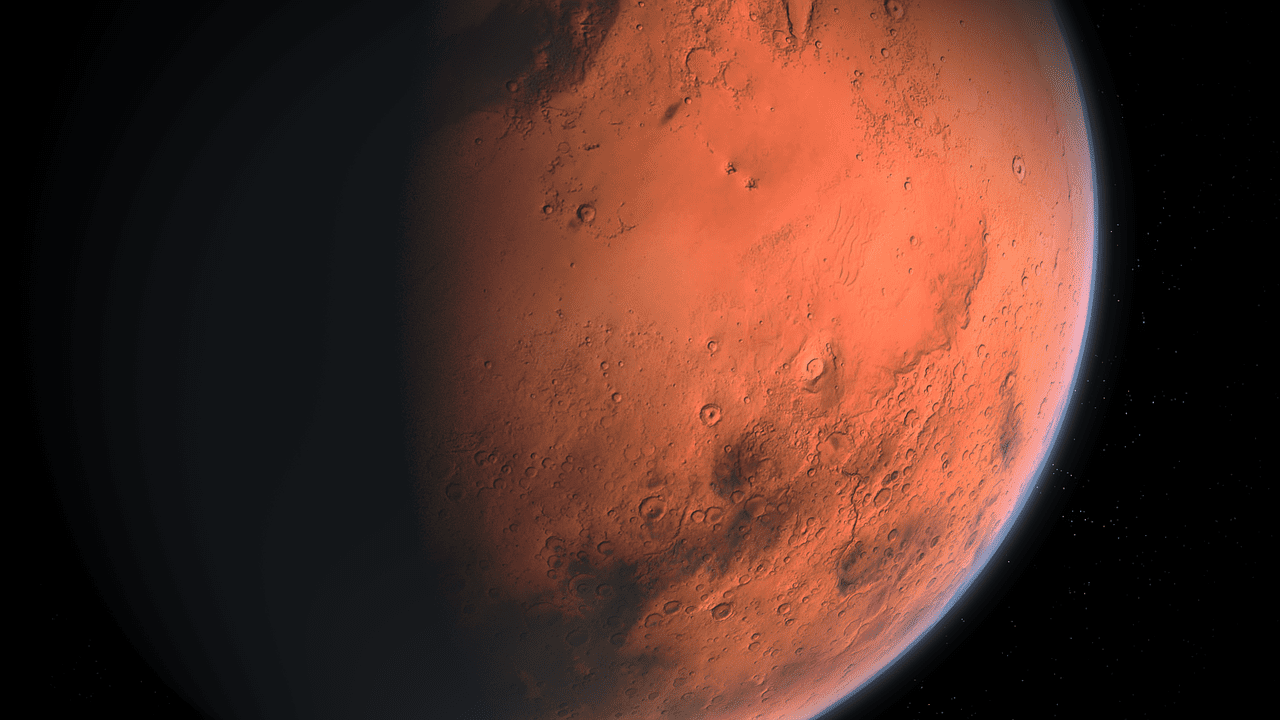Two new samples of regolith from the Mars 2020 Perseverance mission could aid researchers and engineers in their study of the Red Planet and planning of future missions.
The NASA Perseverance rover collected two more samples from Mars on December 2 and 6. These most recent samples, unlike the 15 rock cores gathered thus far, were taken from a pile of wind-blown sand and dust that was smaller than a dune. These two samples have been placed in metal collection tubes and will be considered for deposit on the Martian surface later this month as part of the Mars Sample Return mission.
In order to learn more about the processes that sculpted Mars’s surface and to look for traces of ancient microbial life, scientists wish to analyse Martian samples using powerful lab equipment on Earth. While rocks make up the bulk of the samples, researchers are particularly interested in analyzing regolith (broken rock and dust) to learn more about Martian geological processes and the climate and to find ways to make the Red Planet more habitable for astronauts. Engineers are just as interested in regolith as scientists because of its potential impact on a wide variety of technologies, from spacesuits to solar panels.
The most recent samples were obtained using a drill attached to the rover’s robotic arm, a technique similar to that used to obtain rock cores. However, a drill bit like a spike with tiny holes on one end was used by the Perseverance to collect regolith samples. After rigorous testing with NASA’s Jet Propulsion Laboratory’s simulated regolith, engineers produced the specialized drill bit (JPL). Based on regolith photographs and data from earlier Mars missions, a synthetic version of the surface was created using crushed volcanic rock. This synthetic material, known as Mojave Mars Simulant, ranges in particle size from tiny dust to coarse pebbles.
It is possible that studying regolith up close will aid engineers in planning future expeditions to Mars and the creation of tools used by future Martian settlers. Spacecraft and scientific equipment are both susceptible to harm from dust and regolith. Surface rovers can be slowed down or even stopped by regolith jamming moving parts. Grain contamination could present its own special problems for astronauts: In the course of the Apollo missions to the Moon, it was found that the regolith on the Moon was sharp enough to puncture spacesuits at the microscopic level.












Leave a Reply